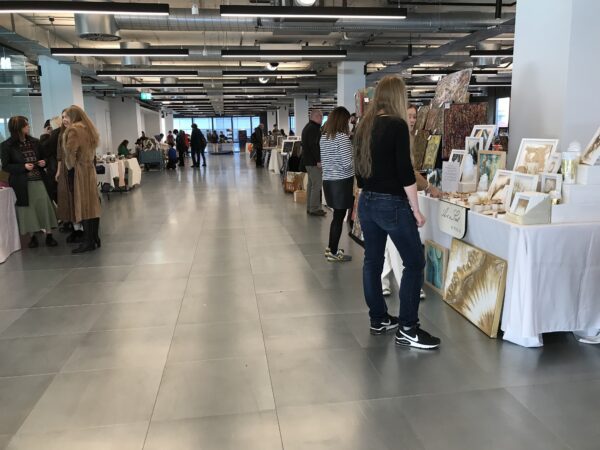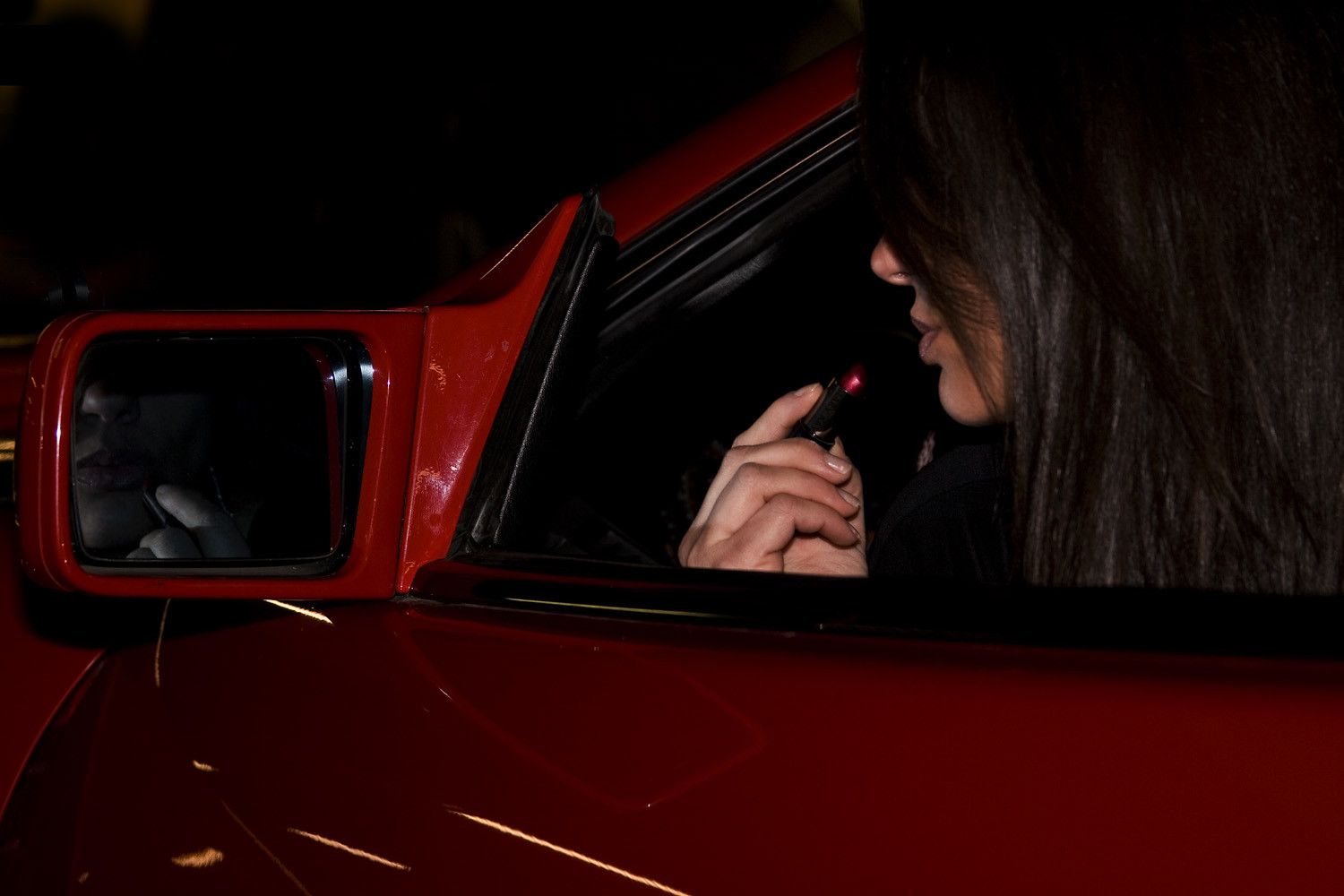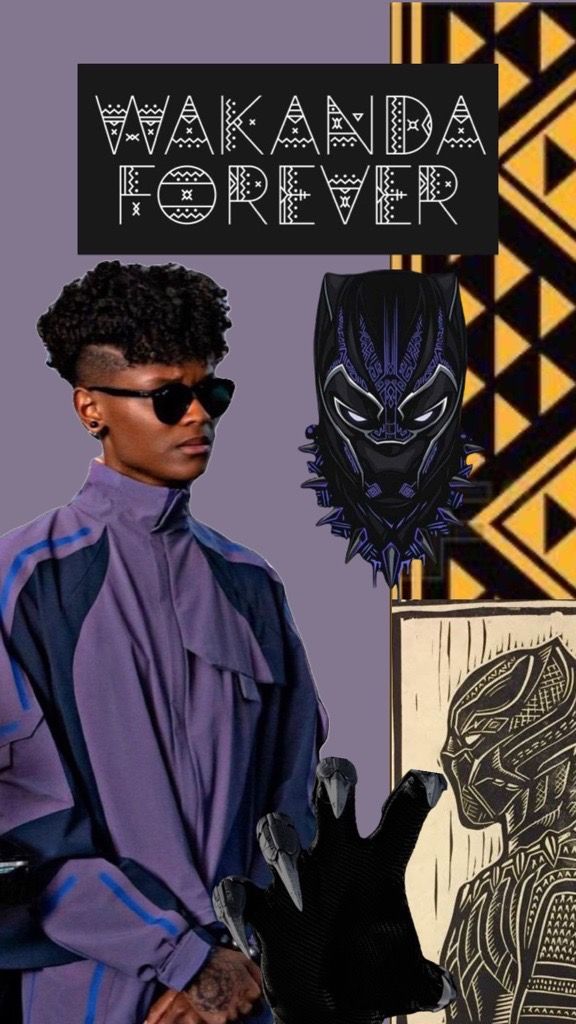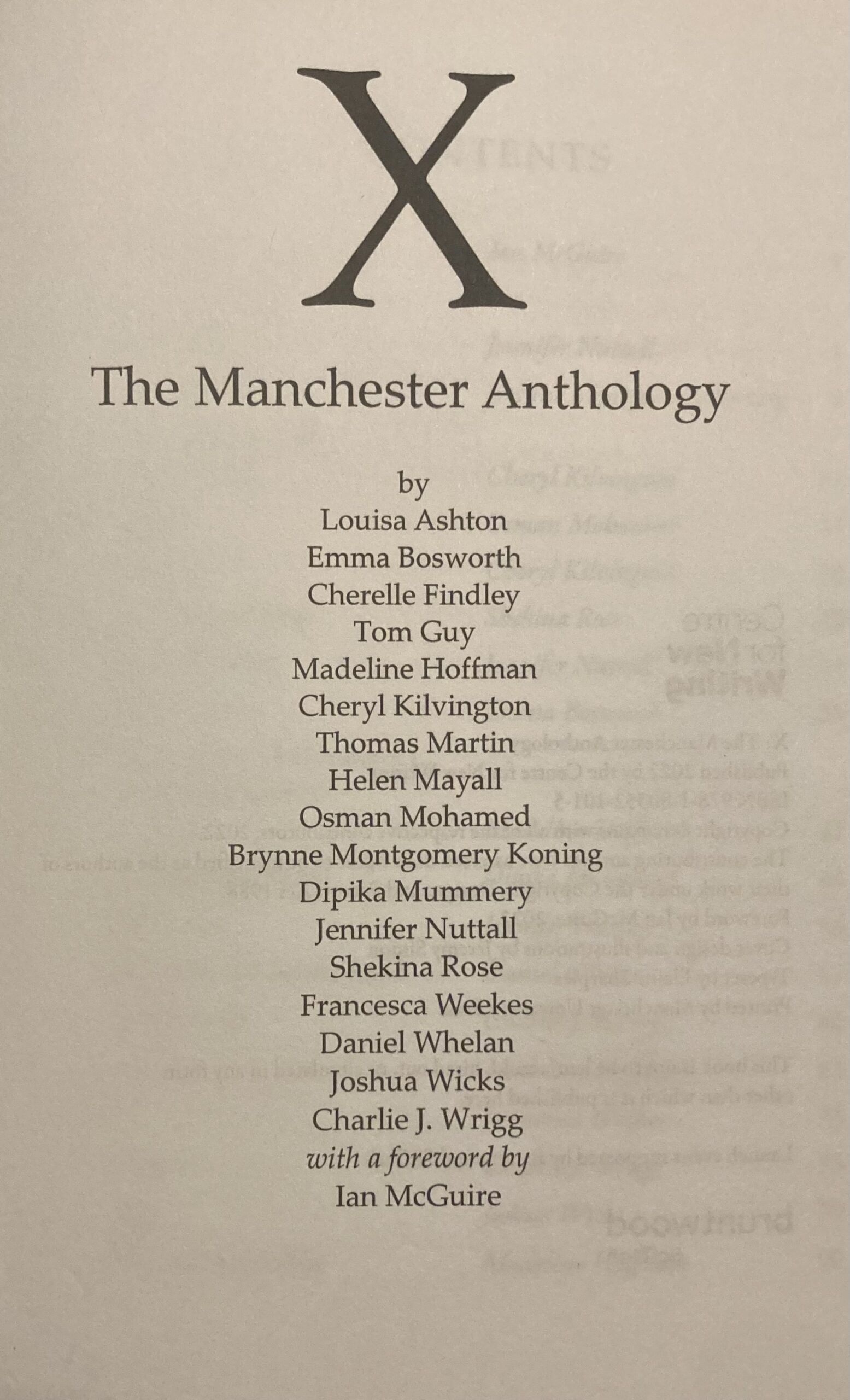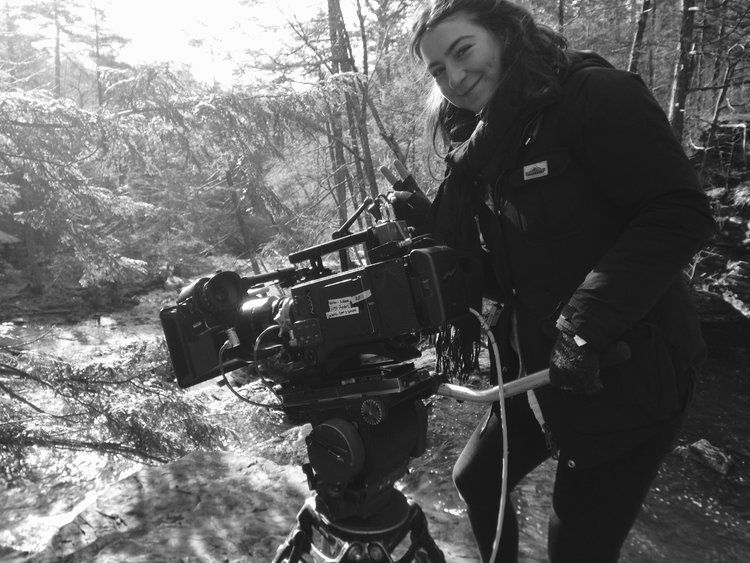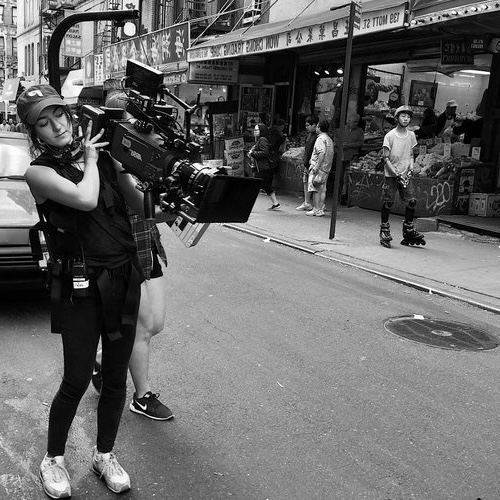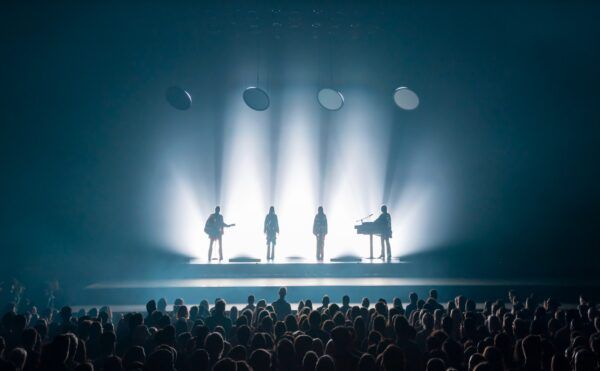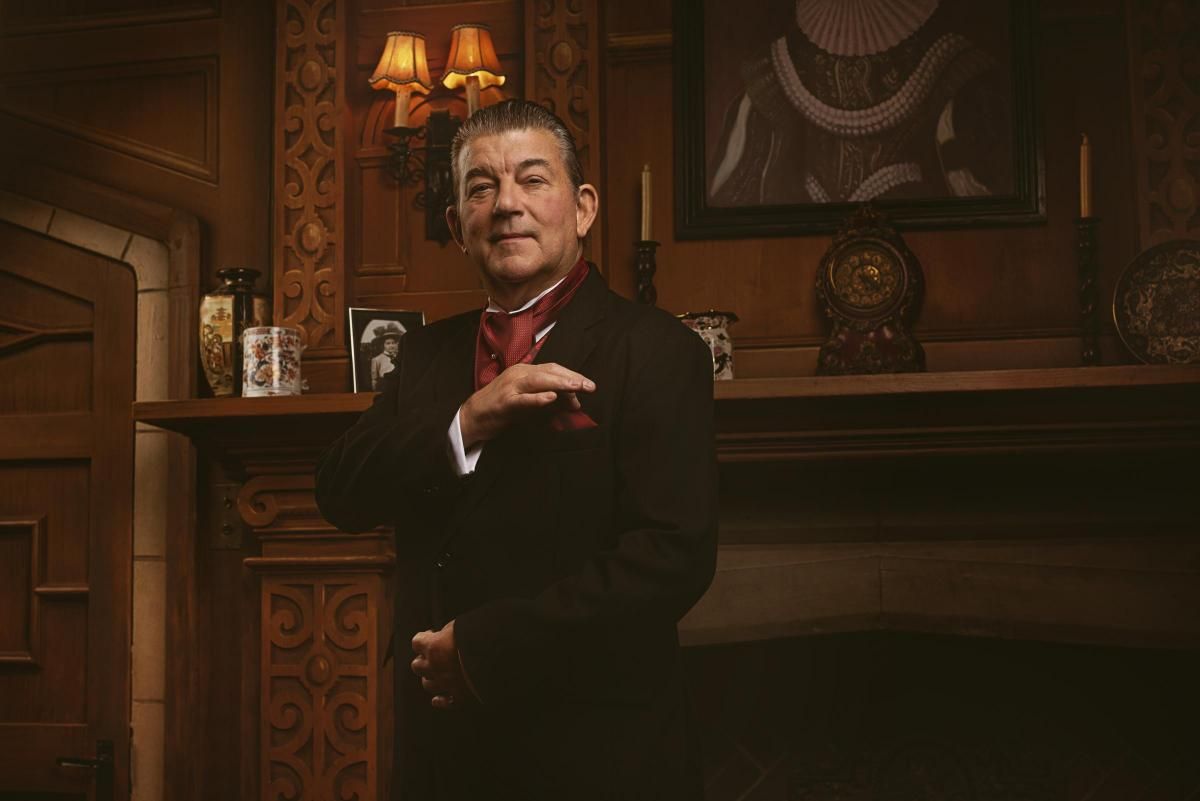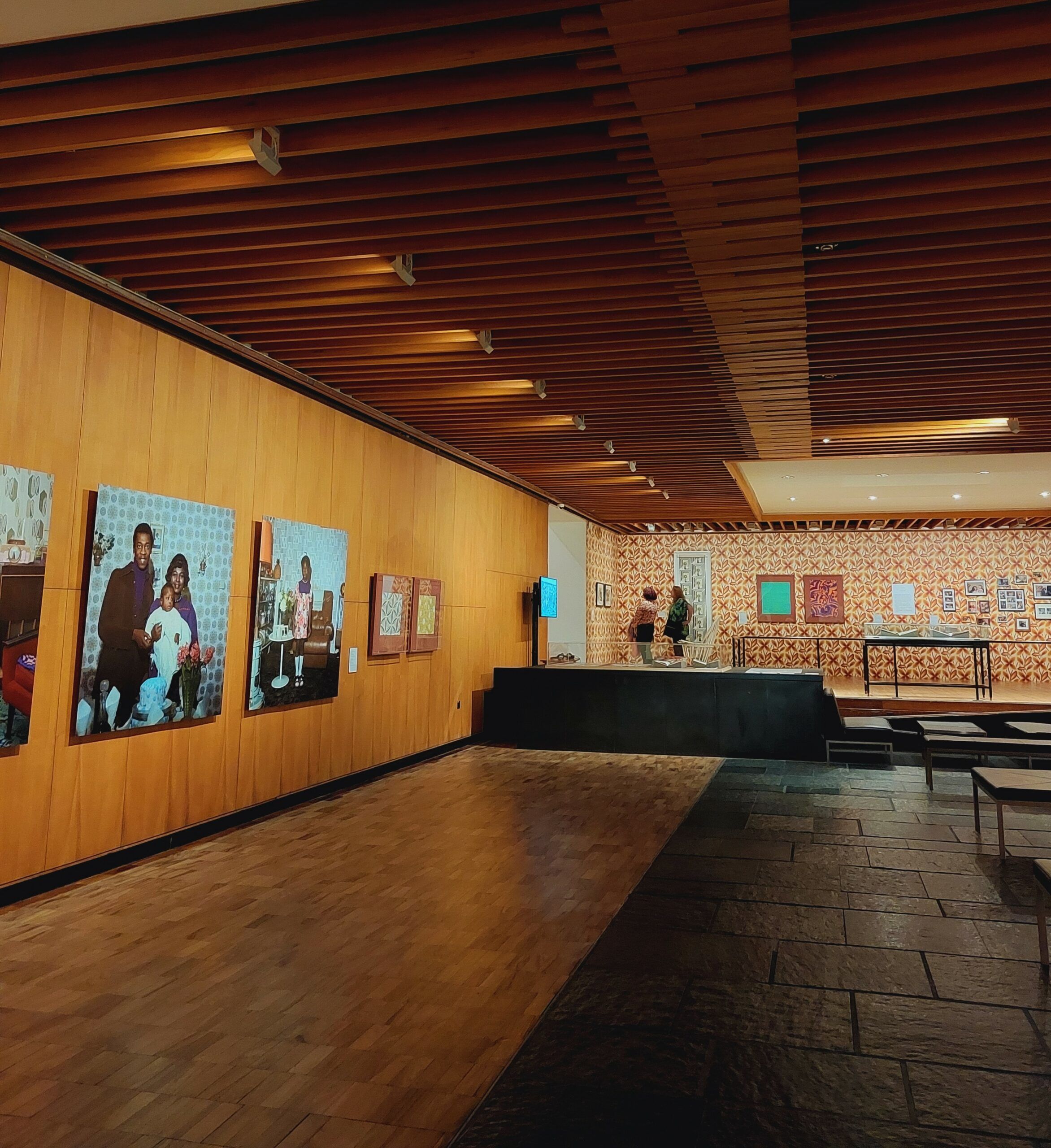Review: The Bloody Chamber
One of the foremost feminist authors is the late, great Angela Carter. Amongst other inventive, progressive works, she is remembered for her seminal novel, The Bloody Chamber. The novel is a collection of stories, each a feminist retelling of a fairy tale or folklore. The book begins with the title story, a novella, a retelling of Bluebeard (French: Barbe bleue). It follows the original fairy tale quite closely, with feminist subversions and reclamations along the way, whilst the stories that follow radically reinvent the much-loved, misogynistic fairy tales that everybody knows.
The novel critiques and subverts not just patriarchy but society more broadly; each story deconstructs civilisation as we know it, calling attention to materialism and artifice.
I studied the novel for A-Level English Literature, and few pieces of fiction have stuck with me like The Bloody Chamber has. So, when I heard that Proteus Theatre had (somehow) adapted the novel to the stage, I knew I had to review it.
Review
We walked into the auditorium to see a finely decorated stage. It felt like we had stepped into a storybook or been transported to another realm, every one of us an Alice in Wonderland.
The stage resembled a lounge, of sorts, or maybe more a boudoir. The decor was bric-à-brac, mis-matched and shabby-chic; it was a little overwhelming, but every part of the stage serves a function to the storytelling.
There were placards at either side of the stage that read “Carter’s House of Love”, a tribute to both Carter and her The Bloody Chamber short story ‘The Lady of The House of Love’.
The all-female cast interacted with each other, and even the audience, before the action began. Then, the lights dimmed, and the House Mother (Ashley Christmas) shouted, “Welcome to the house of love!”, before giving us a camp-tastic introduction to the House. It was reminiscent of the spoken part of ‘Willkommen’, the opening number of the musical Cabaret. Mother makes it clear that this is a safe space, an escape, a place where everybody is welcome.
Proteus have chosen to adapt a handful of stories from the novel, within a (new) wider story: Mother (presumably, the Madame of the House of Love) and her girls tell the audience (their customers) a series of reimagined fairy tales, as part of a wider discussion on patriarchy and feminism.
This creative decision reminded me of a high school played I starred in called Happily Ever After?. We connected a series of dark fairy tales together with a story about children going into an attic, finding an old story book, and (unbeknownst to them) bringing the stories (and characters) to life as they read them. The play ended with the possessed children biting into poisoned apples and dying – a pretty dark turn for a high school play!
The decision to locate the main body of the story in a “house of love” is subversive; it reclaims female sexual agency and celebrates sex workers. Carter’s stories are retellings, and they remain relevant, but Proteus have given them a modern edge, to bring them into the 21st century and appeal to modern audiences.
The ladies of the House of Love have some really honest discussions about the difficulties that come with being a woman in a male-dominated society. On a few occasions, they refer to women being stalked and murdered by random men, with a nod to Sarah Everard. They even discuss the victim-blaming that persists in patriarchal society: blaming women for the assaults they face at the hands of men because of what they were wearing, for not keeping their eyes on their drinks, etc. The actors succeed in exposing the illogicality and fallacy of such a mindset.
Whilst these conversations are important, the production never loses its style or flare. It never feels patronising or preachy (preaching to the choir and the converted is a pet hate of mine). The writers successfully use fairy tales as a metaphor for real-life stories. Rather than the vacuous, fluffy nonsense that Disney turned fairy tales into, they are reverted back to what they were supposed to be: cautionary tales.
Of course, fairy tales blamed and punished women for “transgressing”, but The Bloody Chamber successfully subverts and reclaims them; they are used to tell a new, feminist story. Like one might use a fairy tale as a source/text in an essay, something to dissect and analyse, the writers use The Bloody Chamber as an artefact to study and discuss.
The novel even makes a physical appearance when the protagonist of ‘The Bloody Chamber’ finds herself in the library. It was wonderfully meta and self-referential, a reminder, almost, that these whimsical fairy tales are reflections of real life.
The novel’s title story is broken up; the actors come back to it at various points. They also retell ‘The Tiger’s Bride’ (Beauty and the Beast), ‘The Company of Wolves’ (Little Red Riding Hood), ‘Wolf-Alice’ (Little Red Riding Hood), and ‘The Lady of the House of Love’ (Sleeping Beauty).
Whilst there is a lot of back-and-forth, the scene transitions are seamless. The actors go in and out of the fairy tales with such ease. They move around the stage so casually, picking up things along the way, transforming and transporting themselves.
Without a doubt, though, the star of the show is the circus aspect of the production. Circus is used as a physical vocabulary to bring the iconic novel to life and translate the surrealism of the novel to the stage. The circus acts include aerial, acrobatics, trapeze, gymnastic sequences, and physical theatre. They are utterly breathtaking. A highlight is the use of aerial dance to represent love-making; it is a dark, erotic representation of love and sex. Another memorable moment comes when Bluebeard slides down the drapes, crashing down on the floor and terrifying his wife.
Proteus has succeeded in bringing to life (and breathing new life into) an eternally relevant piece of work. The modern edge and the pairing of the fairy tales with real-life events is done masterfully. Connecting a few of the short stories into a wider story is a genius idea that adds power and resonance to the production.
With the aid of camp acting, creepy storytelling, a crooked set, colourful costumes, and crazy circus skills, Proteus have created a (fever) dreamlike atmosphere, reminiscent of the tone of Carter’s novel. The play both honours and reimagines a novel that, itself, honoured and reimagined fairy tales. Carter would be proud.


